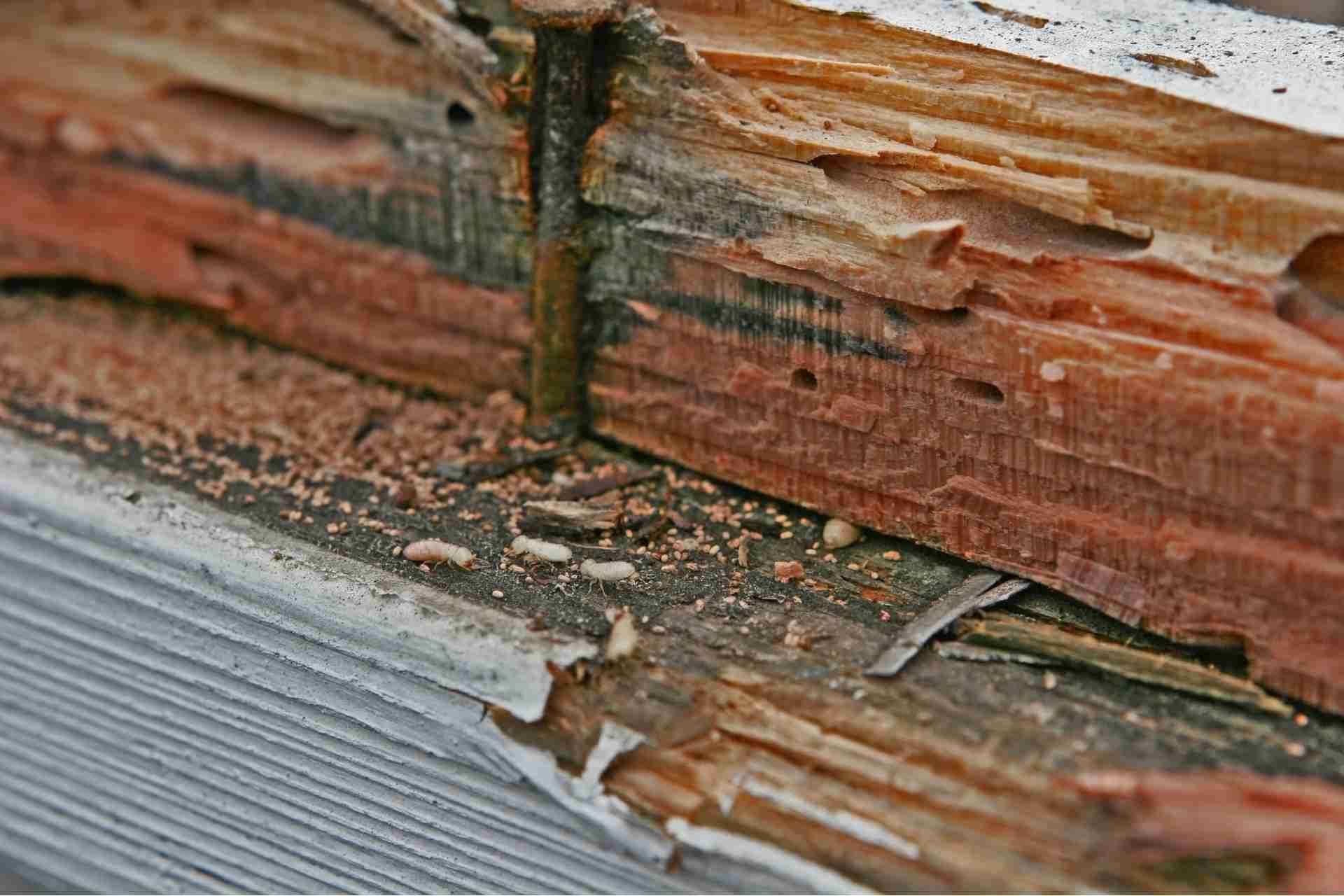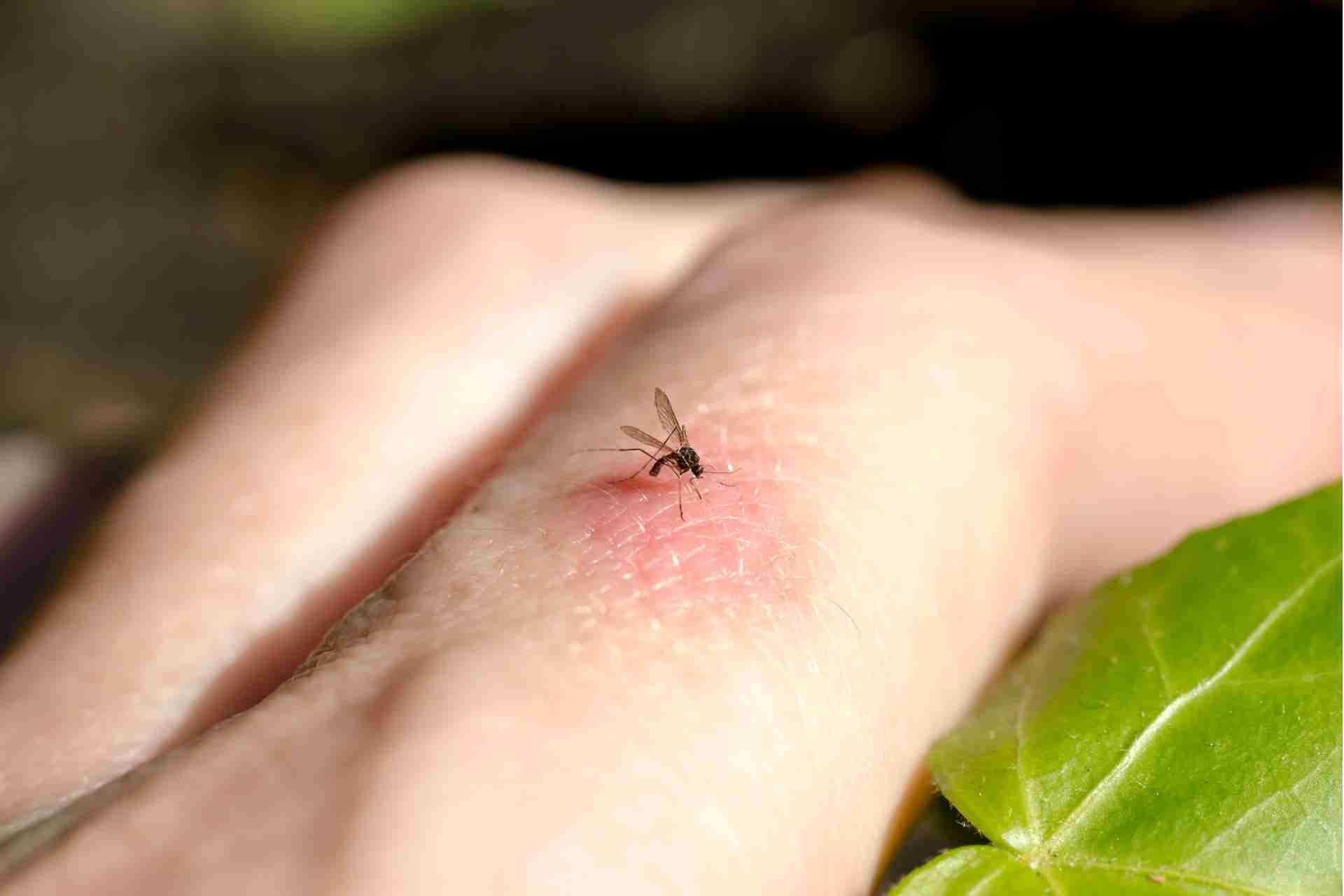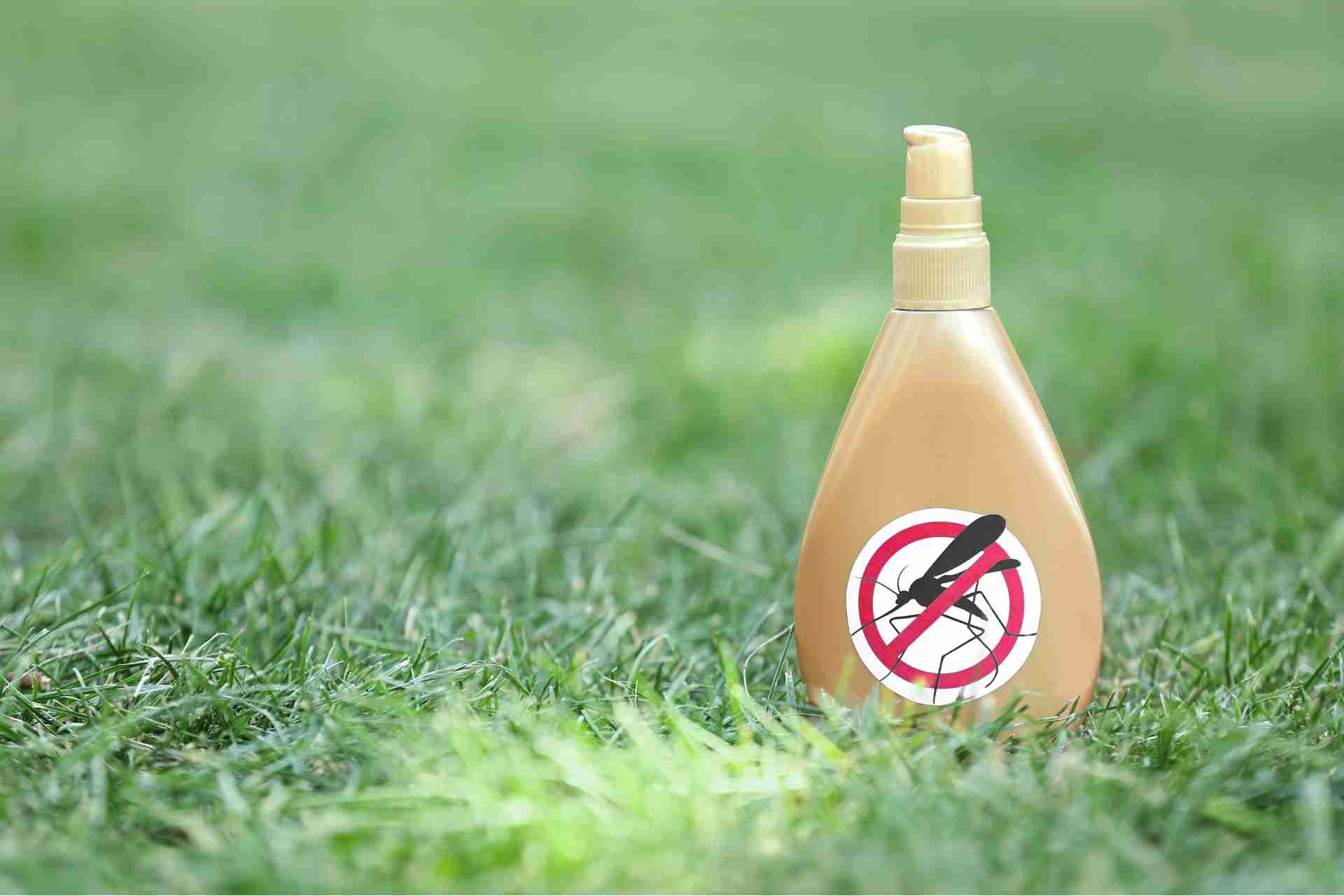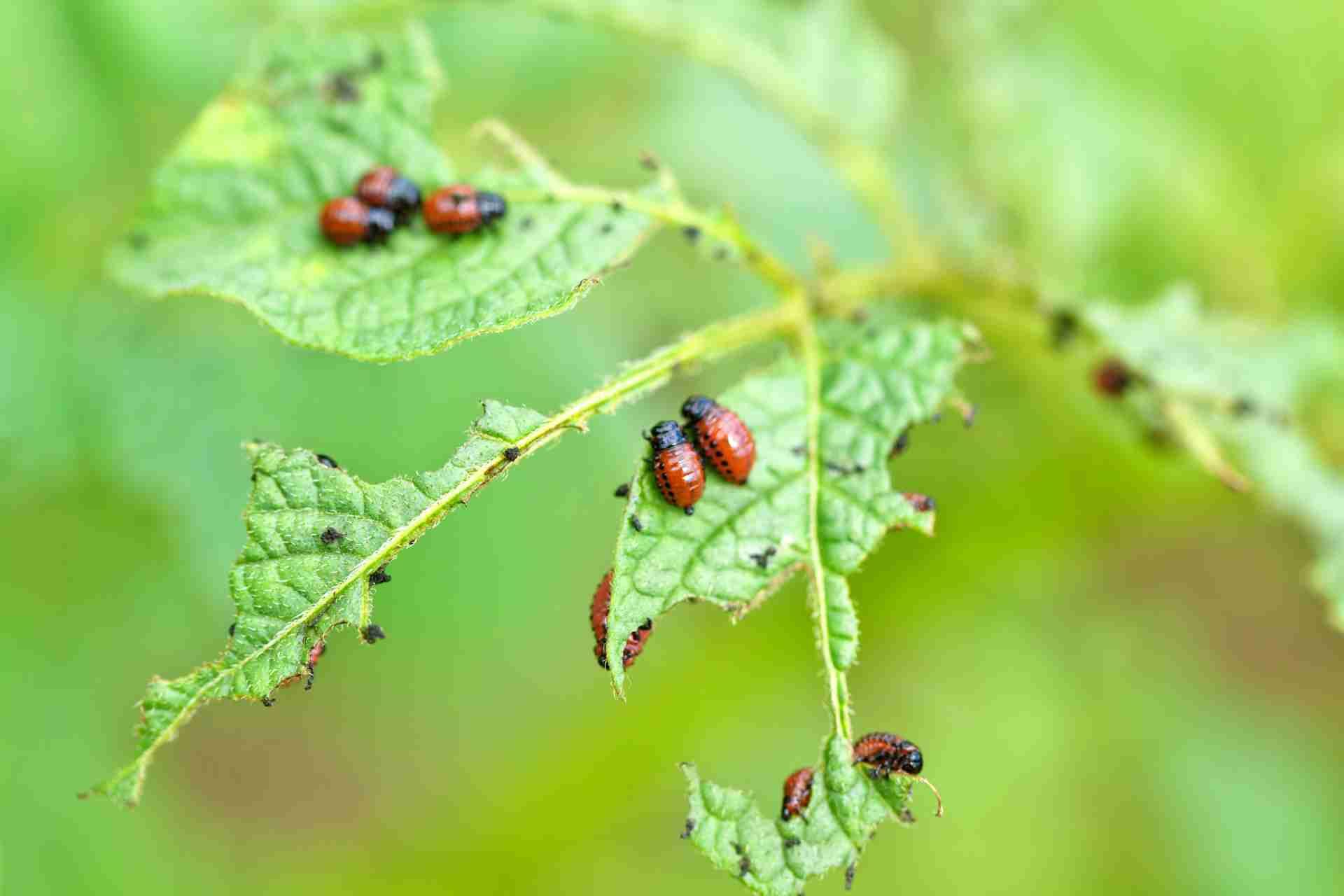Top 10 Signs You May Have a Pest Problem
You might not realize it, but your home could be showing signs of a pest problem. Unexplained bites on your skin or strange noises at night can hint at unwanted visitors. It's essential to recognize these indicators early on to prevent further issues. Curious about the other signs that could signal a pest invasion? Let's explore the critical clues that could save you from a growing infestation.
Unexplained Bites or Stings
Have you noticed unexplained bites or stings on your skin? If so, you might be dealing with a pest problem.
These irritating marks can indicate the presence of insects like bedbugs, fleas, or mosquitoes. Often, you won't see the pests themselves, but their bites can leave you feeling uncomfortable and itchy.
Pay attention to when and where these bites occur; for instance, if they appear after sleeping or spending time outdoors, it's a strong sign of an infestation.
You should also watch for clusters or patterns, as this can help identify the type of pest. Taking action quickly can prevent the issue from worsening, so don't hesitate to investigate further if you notice these signs.
Droppings Found in Hidden Areas
Droppings scattered in hidden corners of your home can be a telling sign of a pest problem. If you notice small, dark pellets in places like behind appliances, inside cabinets, or in your attic, it's time to take action.
Different pests leave different types of droppings, so knowing what to look for can help you identify the culprit. Rodent droppings are usually small and resemble grains of rice, while insect droppings may appear as tiny, dark specks.
Ignoring these signs can lead to larger infestations, causing potential damage and health risks. Regularly check these hidden areas and clean them thoroughly.
If you find droppings, consider contacting a pest control professional to assess the situation and recommend an effective solution.
Gnaw Marks on Furniture or Walls
Gnaw marks on furniture or walls can be a clear indicator of a pest problem in your home. If you notice these marks, it's essential to take them seriously.
Pests like rodents or termites often leave behind distinctive bite marks as they chew through wood, upholstery, or drywall. Inspect your furniture, baseboards, and other wooden structures for signs of damage.
Look for uneven surfaces, small holes, or shavings that may accompany these marks. Identifying the source of the gnawing is crucial; it can help you determine the type of pest invading your space.
If you find significant damage or suspect an infestation, don't hesitate to contact a pest control professional for an assessment and appropriate treatment options.
Strange Noises at Night
What could be causing those strange noises at night? If you hear scratching, scurrying, or even soft thuds, it might be a sign of pests in your home.
Rodents, like mice or rats, often create these sounds as they move around looking for food or nesting spots. You might also hear the fluttering of bats or the rustling of insects in the walls.
Listening closely can help you identify the source; a consistent noise in one area might indicate a problem. Don't ignore these sounds, as they can lead to more significant issues if left unchecked.
Taking action now can save you from costly repairs and health risks later. Trust your instincts; if it sounds suspicious, it probably is.
Visible Nesting Materials
Finding visible nesting materials around your home can be a clear indicator of a pest problem. If you spot shredded paper, fabric, or dried leaves in corners, attics, or basements, pests may be setting up shop.
Rodents often use these materials to create cozy nests, while insects like wasps build intricate structures outside. It's important to act quickly; these nests can lead to larger infestations.
Check behind furniture and in hidden spots, as pests tend to choose secluded areas. If you see any signs, don't hesitate to investigate further.
You might also want to consider sealing entry points or calling a pest control professional to address the issue before it escalates. Your home deserves to be pest-free!
Unpleasant Odors
Have you noticed any strange, musty, or foul odors in your home? These unpleasant smells can be a strong indicator that pests have taken up residence.
Rodents, for example, can leave behind a distinct odor due to their droppings and urine. If you catch a whiff of something decaying, it might mean a dead pest is hidden in your walls or under your floors.
Additionally, the smell of mold or mildew can suggest moisture issues linked to pest infestations.
Don't ignore these odors; they often signal a larger problem. Identifying and addressing the source quickly can help you regain a fresh-smelling home and prevent further pest-related issues.
Be proactive to keep your living space comfortable and pest-free.
Pet Behavior Changes
Changes in your pet's behavior can be a clear sign of a pest problem in your home. If your normally playful dog suddenly becomes anxious or hides in unusual spots, it could indicate that something's amiss.
Cats may exhibit increased scratching or excessive grooming, trying to rid themselves of pests. You might notice your pets barking or meowing at empty corners, displaying a heightened sense of alertness.
Increased scratching or biting at their fur can suggest they're dealing with fleas or ticks. If your pets start refusing to eat or show signs of distress, it's essential to investigate further.
Pay attention to these changes; they often signal an underlying pest issue that needs your immediate attention.
Damage to Food Packaging
One of the most telling signs of a pest problem is damage to food packaging. If you notice torn bags, chewed boxes, or holes in containers, pests might be getting into your food.
This kind of damage not only affects the integrity of your food but also indicates that pests are present in your kitchen or pantry. Look for signs like droppings or grease marks near affected areas, as these can confirm your suspicions.
It's essential to regularly inspect your food storage to catch any issues early. If you see damaged packaging, take immediate action to clean up and secure your food.
Ignoring these signs could lead to a more significant infestation, so stay vigilant.
Sightings of Insects or Rodents
When it comes to identifying a pest problem, what could be more alarming than spotting insects or rodents in your home?
Whether it's a cockroach scuttling across the kitchen floor or a mouse darting behind the couch, these sightings signal that you may have a serious issue.
Don't dismiss these encounters; they're often a sign of a larger infestation.
Remember, pests can reproduce quickly, so what starts as one or two insects could escalate into a full-blown problem.
Pay attention to where you see them, as it can help you pinpoint their hiding spots.
If you've noticed these unwelcome visitors, it's time to take action and consider calling a pest control professional before the problem worsens.
Increased Pest Activity in the Yard
As the weather warms up, you might notice an uptick in pest activity in your yard. This increase can manifest as more ants marching along pathways, bees buzzing around flowers, or even larger critters like rabbits nibbling on your plants.
If you see these pests in greater numbers than usual, it's a sign they may be finding a comfortable spot to thrive. Keep an eye out for nests or burrows, which can indicate a breeding ground nearby.
Additionally, if you're spotting unusual damage to your plants or your lawn, pests might be the culprits. Addressing these issues early can prevent bigger infestations down the line, so staying vigilant is key to maintaining a healthy yard.
Conclusion
If you've noticed any of these signs, it's time to take action. Unexplained bites, droppings, or damage to your belongings are clear indicators that pests may be lurking in your space. Don't wait for the problem to escalate; addressing it sooner rather than later can save you time, money, and stress. Stay vigilant and proactive in maintaining a pest-free environment. Your home deserves to be a safe and comfortable haven!










